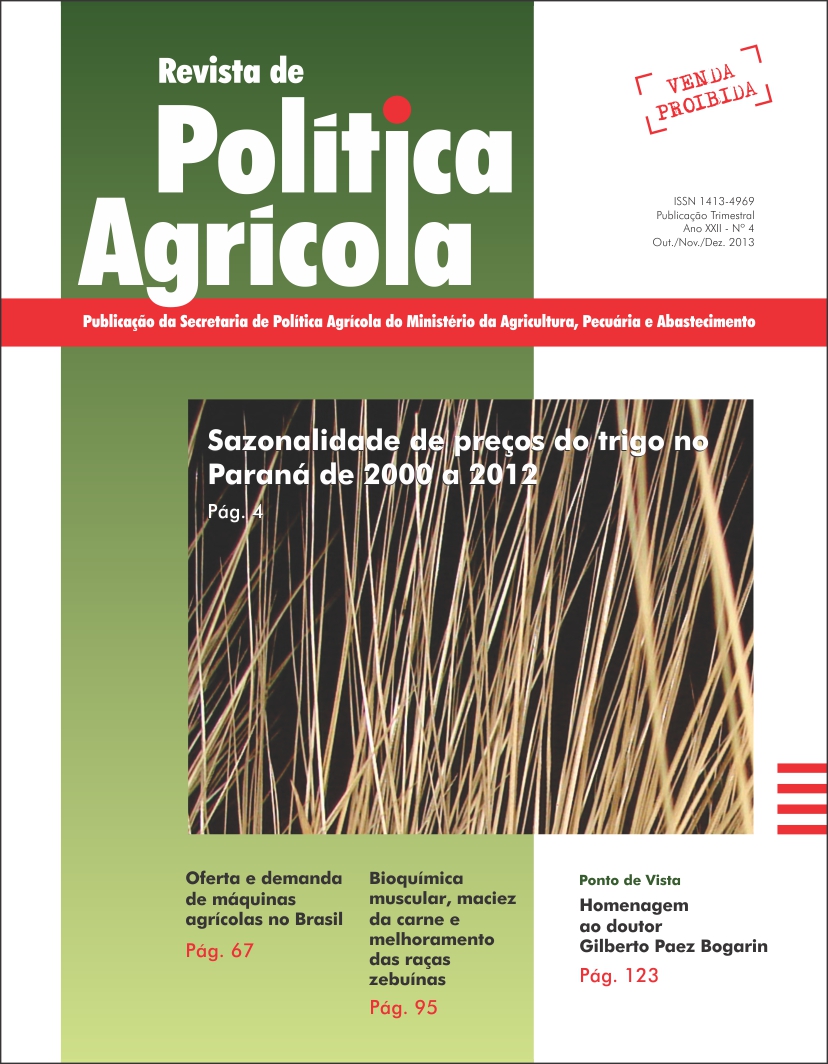Green Grant Program of the Brazilian federal government: context and performance
Keywords:
environmental economy, payment for environmental services, public policiesAbstract
The Green Grant Program has been an important focus for the Brazilian federal government as an instrument of income distribution combined with compensation for adopting sustainable practices in strategic areas. The program was implemented in 2011. It still has no studies focused in the monitoring and in the performance of their actions. Thus, this research aimed to achieve an overview of the performance of Green Grant through a cross section analysis from October 2011 to September 2012. The results show that the program’s actions prevail in the state of Pará, Brazil, and there is prevalence of the beneficiaries linked to agrarian reform settlements and those located in protected areas. Also, there was a significant increase of beneficiaries from June 2012, including those from other geographic regions that were not present at the actions of the program before this period. Moreover, there is a predominance of beneficiaries from the land reform settlement, rather than those located in protected areas, which is relevant to the extent that the literature points to habits with low sustainability among these settlements. Thus, it is inferred that the program has been effective in meeting its objectives, but it should broaden its scope to areas that still have high rates of deforestation.Downloads
How to Cite
Simão, G. L., Jacovine, L. A. G., & Silva, E. A. (2015). Green Grant Program of the Brazilian federal government: context and performance. Revista De Política Agrícola, 22(4), 84–94. Retrieved from https://rpa.sede.embrapa.br/RPA/article/view/858
Issue
Section
Artigos Científicos


